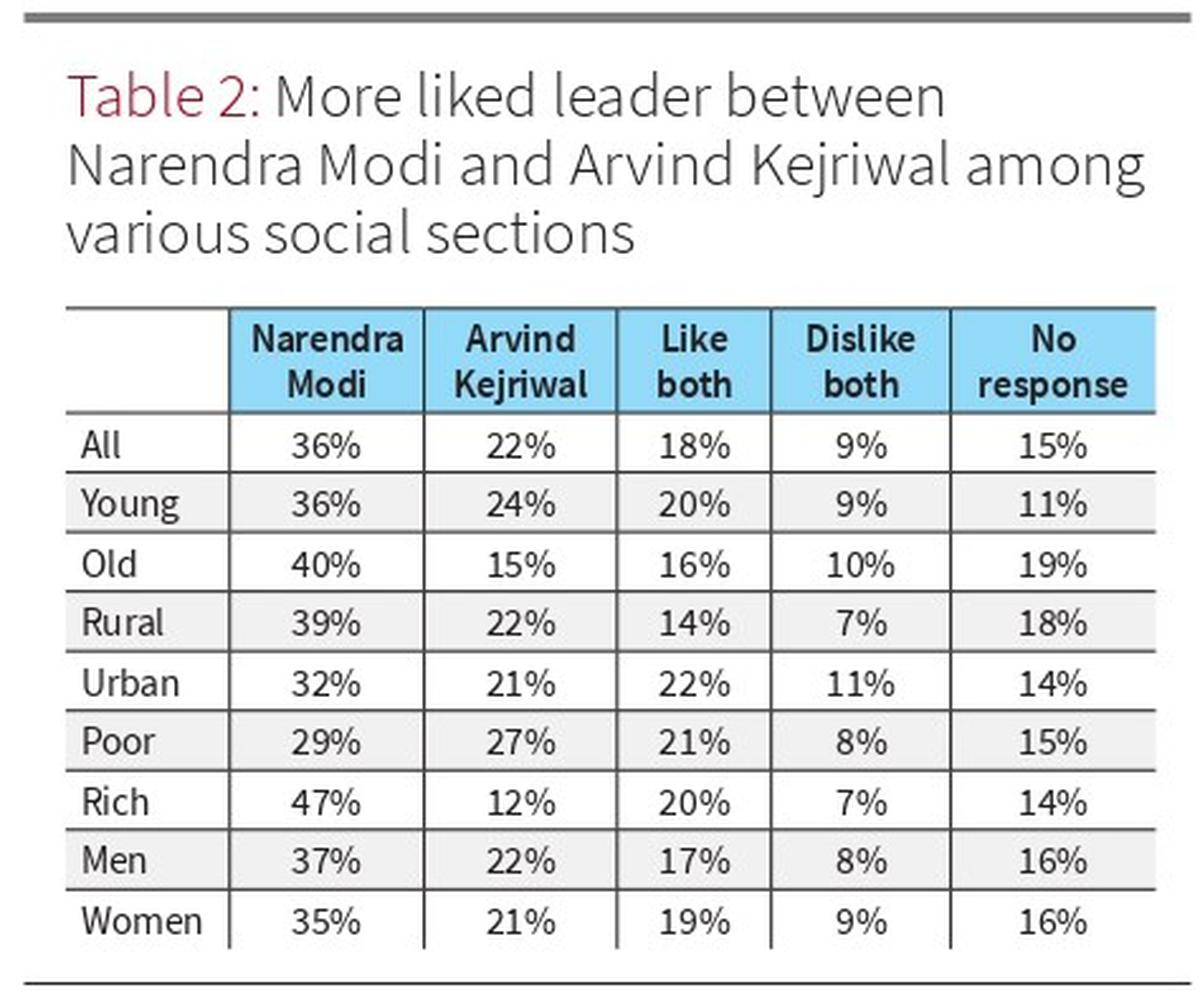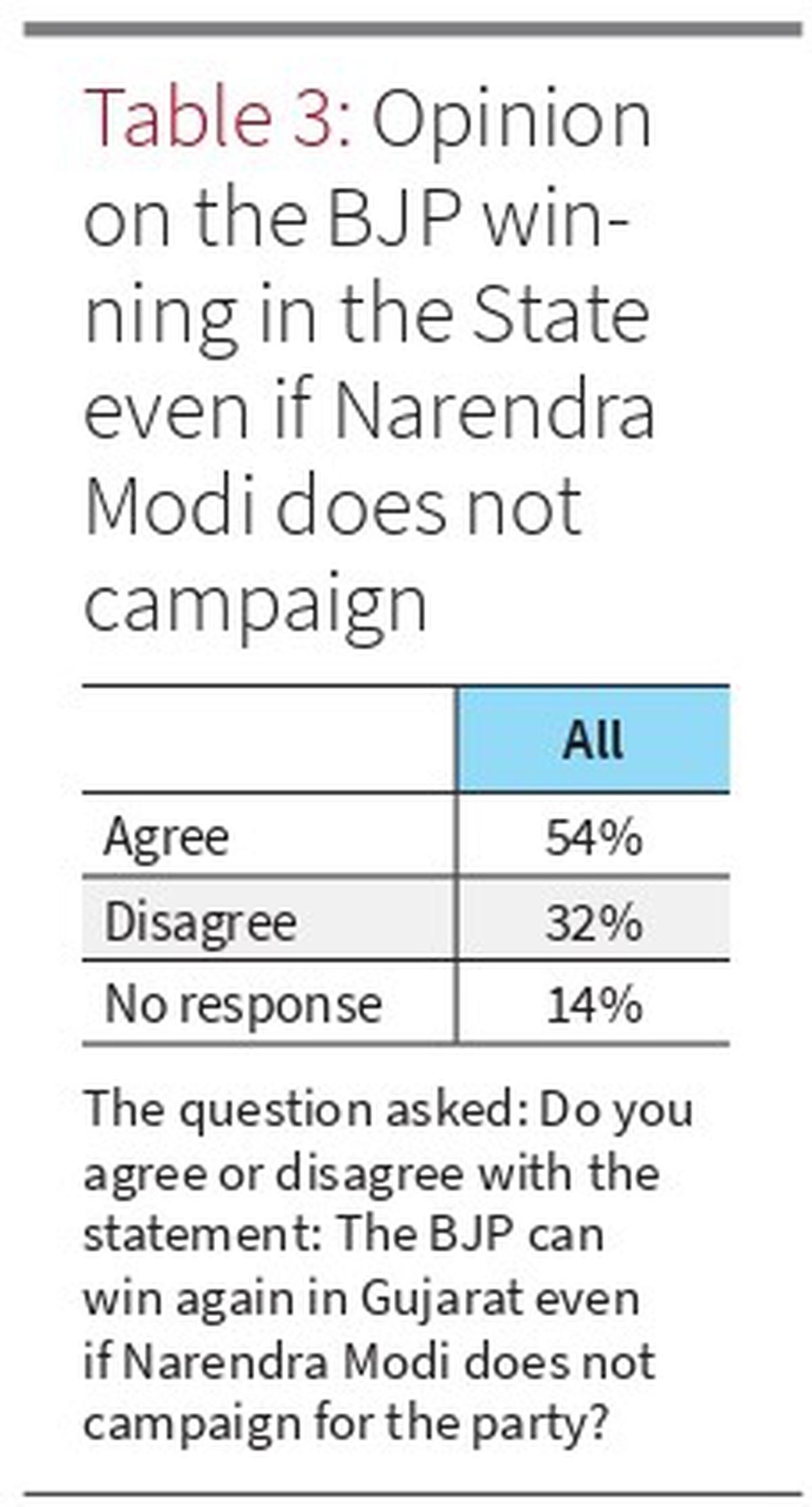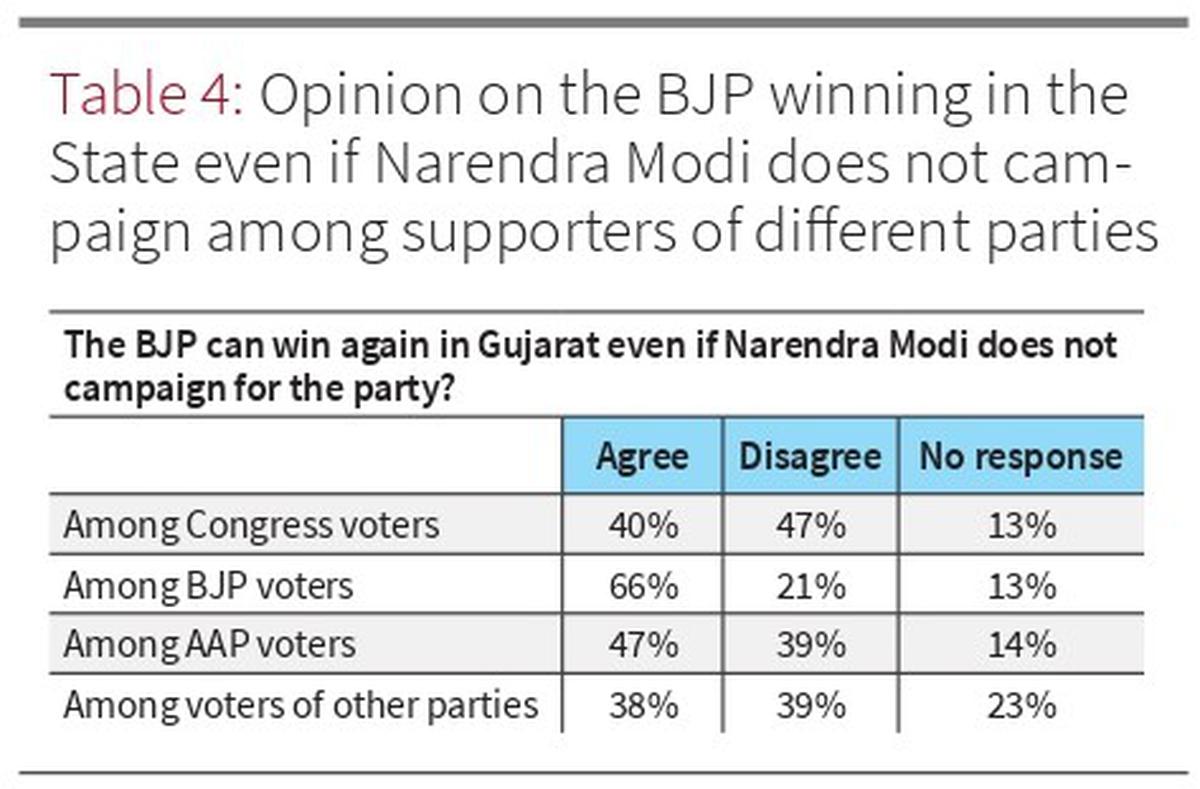In recent times, the leadership factor has played an important role in determining the success of parties both at the central and state levels. How important can the leadership factor be in Gujarat? Given the fact that the Bharatiya Janata Party (BJP) underwent a major overhaul in the state to replace not only the chief minister, but most of the council of ministers was itself an indication of how important the party had taken its national leadership role. saw. and party organization. The rise of the Aam Aadmi Party (AAP) in Gujarat also seems to revolve around its national leadership.
The Lokniti-CSDS poll points to some interesting trends on people’s preference for the chief minister of the state. In the open question of who he would prefer as the chief minister of the state after the next election (Table 1), there was no clear winner who had a substantial lead or majority. The incumbent Chief Minister Bhupendra Patel had the support of a little over one-sixth of the respondents. One in every ten sided with his predecessor Vijay Rupani.
Prime Minister Narendra Modi and Delhi Chief Minister and AAP leader Arvind Kejriwal were tied at number two. Clearly, the hope on either Mr Modi or Mr Kejriwal will not be translated into reality, given the situation they are currently in. No other leader really captured the imagination of the respondents. In 2017, the then chief minister Vijay Rupani was endorsed by a quarter of the respondents as the preferred chief ministerial post. The state leaders of Congress are not involved anywhere in this contest. From this it is clear that the national leaders in all the three major political parties will be the ones around whom the campaign will revolve.

The face-to-face (Table 2) survey on the popularity of Mr. Modi and Mr. Kejriwal found some interesting trends. A little over a third of the respondents supported Mr Modi while two out of every ten supported Mr Kejriwal. Two out of ten liked both while one out of ten disliked both. Mr. Modi was ahead of Mr. Kejriwal across all demographic groups, with a minimum of 11 percentage points among urban voters and a maximum of 35 percentage points among the more affluent. The focus can be on both the leaders in the early days of the campaign.

More than half of the respondents said that the BJP would be in a comfortable position in the coming elections even if Mr. Modi did not campaign in the state (Table 3). About a third of the respondents disagreed with this assessment. Two-thirds of those who supported the BJP said the party could win the election even if Mr. Modi did not campaign (Table 4). There was little support for this stand among AAP and Congress supporters, with less than half supporting the position. In the case of the Congress, supporters were likely to take a negative stance on the question that Mr. Modi’s absence in the BJP could affect their prospects.

If the campaign’s debut in the state is any indicator, all three major political players are relying on their national level leaders to be the face of their respective campaigns. While the role and relevance of the Congress’s national leadership in this contest is unclear, the campaign is leading to a confrontation between at least two leaders: Mr. Modi and Mr. Kejriwal. This factor alone can make the choice very interesting.
Sandeep Shastri is the Vice Chancellor and National Coordinator of Lokniti Network at Jagran Lakecity University, Bhopal.